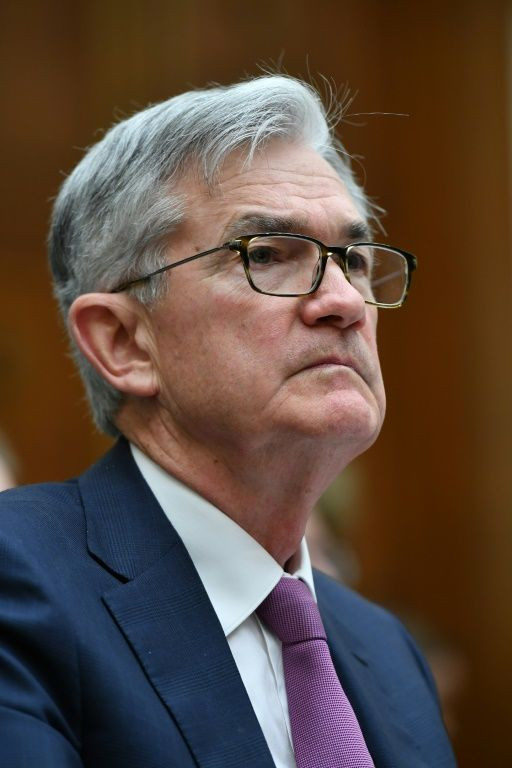Should The Fed Lower Interest Rates? Trump, Bankers Pushing Jerome Powell

KEY POINTS
- The federal funds rate is currently 1.5% to 1.75%
- Trump wants negative interest rates to goose the economy
- Powell said the Fed will do what needs to be done to keep economic disaster at bay in light of the coronavirus
As President Trump pushed Monday for the Federal Reserve to reduce interest rates dramatically at its upcoming meeting, banks chimed in, seeing an opportunity to roll back some of the reforms instituted in the wake of the Great Recession to prevent another financial meltdown.
Trump criticized Fed Chairman Jerome Powell and the other Fed governors as being “slow to act” in the face of threats to the economy.
“Other central banks are much more aggressive,” Trump tweeted, saying the U.S. is at a competitive disadvantage with rates in negative territory elsewhere.
The federal funds rate last was lowered in October to 1.5% to 1.75%, and at the last Federal Open Markets Committee meeting in January, the governors opted to keep rates steady since economic fundamentals remained strong and lowering rates could trigger a rise in inflation above the Fed target of 2%.
The FOMC next meets March 17-18.
Timothy Graf, head of macro strategy EMEA at State Street, told Bloomberg News it probably would take a “massive” outbreak of coronavirus in the U.S. to get U.S. interest rates to zero by June.
On Friday, in a bid to ease Wall Street jitters over the coronavirus, Powell issued a statement saying the Fed remained poised to take action to support the economy should the viral outbreak have a severe impact on the economy.
In a blog post, the Bank Policy Institute, the nation’s largest bank lobbying group, urged the Fed to cut bank reserve requirements to zero, cut the discount rate and take other steps to help banks withstand a major financial shock due to coronavirus.
“Banks are currently required to maintain about $140 billion on deposit at their Federal Reserve Banks in order to satisfy such reserve requirements. … Under the Fed’s current floor system for monetary policy, reserve requirements serve no purpose, so this change comes at no cost,” institute leaders Greg Baer, Francisco Covas and Bill Nelson said.
The suggestion was seen as the latest move by the banking industry to try to turn back the reforms instituted by the Dodd-Frank bill adopted in the wake of the Great Recession, arguing current regulations inhibit banks’ “ability to provide liquidity where it is needed.”
They also encouraged the Fed to extent collateralized loans to financially sound commercial banks to keep banks from pulling back in the face of a liquidity crisis.
The lobbyists said the Fed could change capital requirements to “provide credit to the economy and be able to accommodate large amounts of deposit inflows in the event of a flight to safety.”
© Copyright IBTimes 2024. All rights reserved.





















